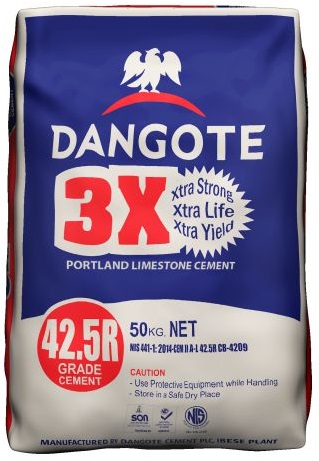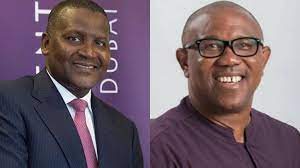A new report jointly presented by National Population Commission (NPC) and the National Bureau of Statistics (NBS) have put the current figure of Nigeria’s population at 193,392,517, but associated data have raised serious questions on the authenticity of the statistical figures.
Already, the Federal Government proposed a total budget of N9.799 billion for the NPC in 2017, which, according to the sources, is a little above the United Nations’ estimate of 186,988,000.
Business Hilights recalls that the national population census was last conducted in Nigeria in 2006 when the total figure was put at 140,431,790.
In the latest population forecasts released by NBS, in its website www.nigerianstat.gov.ng, Kano remain the largest state, by an estimated population figure of 13,076,892, putting Lagos at an unexplainable figure of less than 10million.
Analysts say, there exists a sharp contradiction in the actual population figure of Lagos, as both the United Nations and Lagos State government put the population of Nigeria’s commercial capital at about 22 million.
The 2006 census figures put Kano population at 9,401,288 and that of Lagos at 9,113,605
Some highlights of the latest estimates indicated that there are 98,630,184 males with 94,762,333 females.
Also, the population figure of infants within the age bracket of zero to four years, according to NBC and NBS, constituted the largest percentage of the population with 31,116,156, followed by the figure of those between five to nine years with a population of 27,549,964.
The figures showed that Nigeria currently had an estimated population figure of 78,971,690 of those between the ages of 15 to 39.
There were 106,257,431 people within the working population of 15 to 64 years.
NBS also claimed that despite Boko Haram insurgency, which has ravaged substantial parts of the North-East since 2010, the population figure increased substantially.
From a population of 21,614,789 in 2010, the six states of the North-East is currently put at 26,263,866.
Six south-west states of Lagos, Ondo, Ogun, Oyo, Osun and Ekiti states, according to the analysis, grew from 31,533,821 in 2010 to 38,257,260.
Kaduna retains its position as third most populated state with 8,252,366 inhabitants followed by Oyo with current population estimate of 7,840,864, which outpaced Katsina now with a figure of 7,831,319.
Business Hilights recalls that in 2006, Katsina’s population followed that of Kaduna State while Oyo was in the fifth place.
Bayelsa maintains its position as the least populated of the 36 states of the federation with an estimated figure of 2,277,961.
Anambra is the most populated state in the south-east with 5,527,809 inhabitants while Rivers State leads in the south-south region with 5,198,716 people.
For the north-east, Bauchi is the largest state in terms of population with a figure of 4,653,066 while in the case of the north central, Benue leads with 5,741,815 inhabitants.
According to the details of 2017 budget proposal submitted to National Assembly, by President Muhammadu Buhari, NPC will fully commence preparation for 2018 population census during 2017.
According to budget estimates, stakeholders’ conference to present the 2018 census instrument to gulp N50 million, would hold during the year while N41.7 million has been earmarked for training of staff in Washington, for data collection and interviewing techniques.
By the 2017 budget presentation, a proposal for N1.950 billion to be spent on field demarcation and another N1 billion is expected to be deployed to acquiring satellite imagery ahead of the head count.









